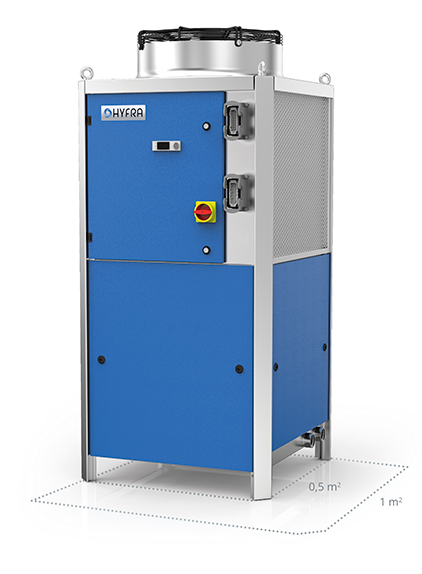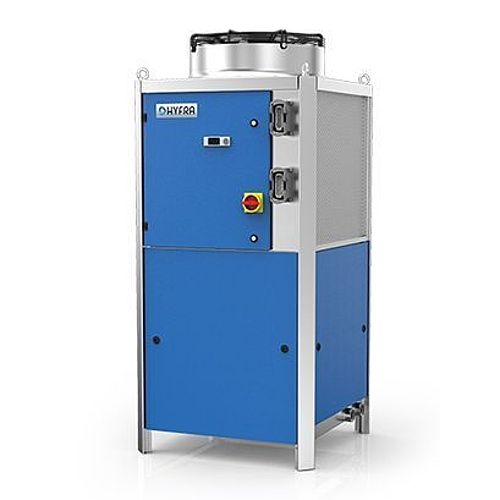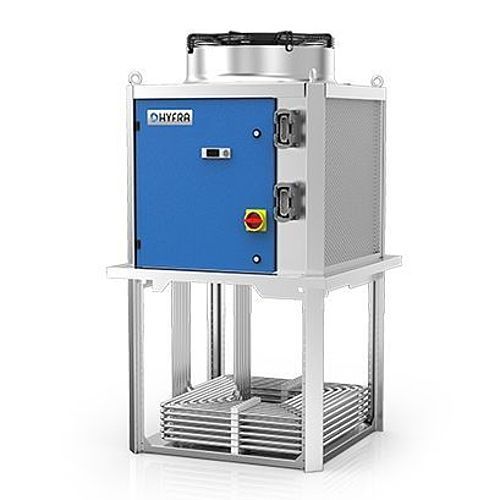Contamination – metal chips from the material that was removed – and heat are generated when metal is mechanically processed due to the effect of the tool (e.g., the milling cutter or drill bit). Cutting fluid is also called cutting oil, cutting compound or simply lubricant. It is used to counter these effects and is applied directly to the tool-chip interface. It flushes away contamination and dissipates heat. When machine tools are used, cutting fluid is normally applied fully automatically in a circuit.
When high precision is required, reliable cutting fluid temperatures play a key role for the workpiece’s dimensional tolerance and surface quality. Both the workpiece and the tool are cooled.
The use of cutting fluid has an effect on the economic efficiency and environmental friendliness of the production process. For this reason, cutting fluid is treated and recirculated whenever possible, as long as the required cooling and lubrication properties are ensured.
Treating cutting fluid lowers operating costs and protects the environment. Basically, the contaminants (primarily chips) are filtered out and the purified cutting fluid is cooled down to the correct starting temperature. In addition to chillers that provide individual metalworking machines with treated cutting fluid, there are large-scale systems that enable several machines to be cooled at the same time.
Cooling down the cutting fluid not only ensures that the tool and workpiece are cooled and lubricated to the extent required. At temperatures between around 20 °C and 45 °C, various types of bacteria and other microorganisms find the perfect breeding ground, multiply and corrode components of the emulsion. This not only has an adverse effect on lubrication properties – in addition, the risk of a negative effect on the health of the employees who come into contact with the cutting fluid increases.
Cooling down the cutting fluid during purification is an integral part of the treatment process. It restores the cutting fluid’s original quality and performance, which in turn is the key to delivering production quality. HYFRA has answers and solutions to the challenges involved in cooling cutting fluid efficiently in an ecologically sustainable process during filtration.
Other customers were interested in our HYFRA liquid chillers or in our HYFRA oil chillers.
Process chillers must constantly become smaller, more flexible and deliver higher performance to harmonize with machine designs, which face similar challenges. At the same time, the requirements for conserving economic and environmental resources are becoming more complex. The specialists at HYFRA have developed future-proof solutions to meet these requirements, one of which is microchannel technology. Devices with it use up to 70% less refrigerant.
Alongside proven standard solutions, HYFRA develops custom solutions hand in hand with customers – for example, speed-controlled cooling systems for one of the world’s leading manufacturers of multi-functional turning-drilling-milling stations. These precision machines are used to manufacture highly complex components in the aviation, energy and automotive industries.


